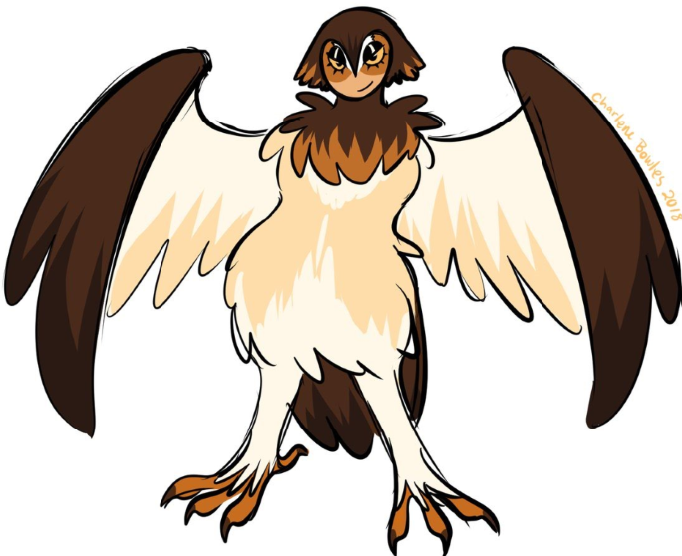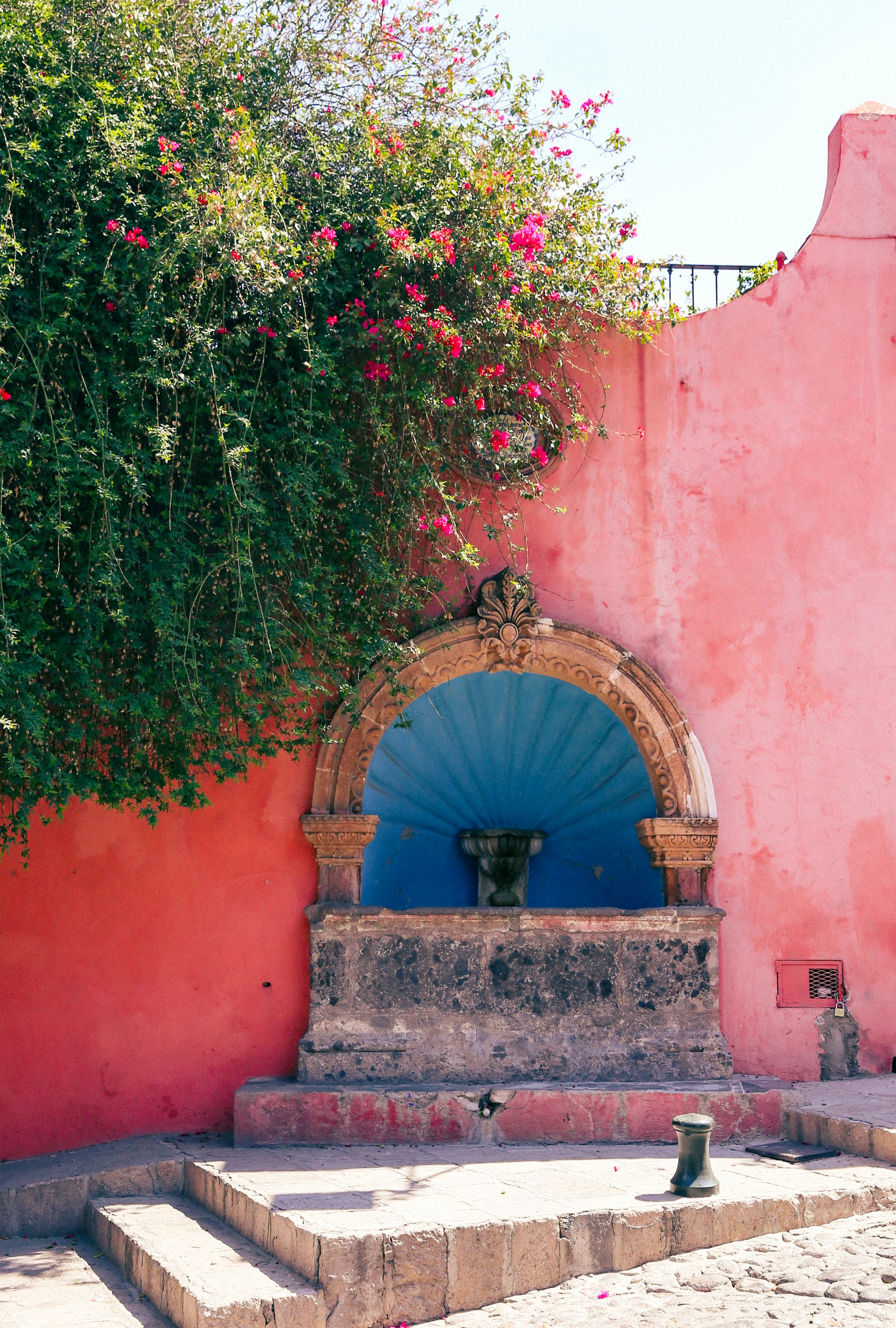Many pre-Colombian indigenous cultures had deep, complex belief in therianthropy, the ability of certain people to assume animal form. Evidence for this practice in Mesoamerica goes back to the Olmecs, in whose art we find multiple representations of the were-jaguar.
This particular sort of witchcraft was adopted by the Nahua peoples as well (such as the Mexica or “Aztecs”). In Nahuatl, a generic name for shape-shifting witches is mocuepani, meaning “one who transforms.”

There are several varieties.

Chīchtli.
A generic Nahuatl word for “owl,” but also a sort of witch. In Mexican and Chicano Spanish, she’s a “lechuza,” a witch who can shift into an owl (“chīchtli mocuepa,” is the phrase in Nahuatl). The magic she uses was called “chīchyōtl” or “witch-owl sorcery.”
Rough pronunciation: CHEECHT-lee. Plural chīchtin.


There is a very similar shape-shifting witch in Southern Mexico, known in Yucatec Mayan as a “wáayom ch’ich” (bird-mage).
That word “ch’ich” has cognates in multiple Mayan languages, suggesting that Nahuatl “chīchtli” may be a loanword (with the -tli absolute ending tacked on to the borrowed term).
The connection suggests that some “lechuzas” can shift into multiple bird forms, and indeed the Florentine Codex says the following about the shapeshifter: “tōtolin, chicuahtli, tecolotl mocuepa” (she can turn into a bird, a screech owl, a horned owl).

Nāhualli.
This powerful shape-shifting witch/wizard is adept at multiple types of magic. They bear many similarities with the Navajo yee naaldlooshii or “skin-walker.” Before the Conquest, nāhualtin (plural) were high-ranking sorcerers working for the state. Motēuczōma sent them against the Spanish.
A nāhualli is selected for this work during childhood. They learn the hidden lore and develop multiple magicks: spells, weather control, use of hallucinogens to divine fates and enter dreams. The greatest can become fire or vanish at will.
They’re best known for their animal souls. Let’s talk about those for a bit.
A -nāhual is the animal twin/soul/form of a nāhualli, tied to their tōnalli or day sign. The word always appears in its possessed form:
- nonāhual means my nahual
- tonāhualhuān means our nahuals
- monāhual means your nahual
- amonāhualhuān means y’all’s nahuals
- īnāhual means her/his nahual
- īnnāhualhuān means their nahuals
As a result, a nāhualli is also known as a “nāhualeh” (“one who has an animal double”). Plural nāhualehqueh.
“Nāhualli” became a generic label for witches and wizards. Many magical terms are derived from it —
- Nāhuallahtōlli: spell
- Nāhuallōtl: [shape-shifting] witchcraft
- Nāhualtōcāitl: the magical names used to invoke gods other beings.
The modern Mexican Spanish word “nagual” (shapeshifter) is derived from this category of pre-Colombian sorcerer.

This powerful sort of witch is associated with Tezcatlipoca, god of chaos and night. In fact, when he came to earth in human form (to counter the incarnation of his brother, Quetzalcoatl), he became the mightiest nāhualli in Tōllān, capital city of the Toltecs.

Tlācatecolōtl.
“Human great horned owl.” A dark mocuepani. Tecolōtl is the Nahuatl name for the Bubo virginianus, one of the many creatures these mages could transform into (other favorite forms are the turkey, vulture, dog).
A tlācatecolōtl, like the similar nāhualli, wields many other sorts of powers, most significantly blood magic. It is said of these “human-owls” that they “tēpan mihzoh” or “bleed upon/for people. Their name has given rise to the Nahuatl verb tlācatecolōhuia, “to bewitch or possess.”
In the early 16th century, the tlātlācatecoloh (plural) apparently lived on the margins of society. They’re described as a raggedy mages whose homes are filled with cold wind, poverty, hunger; their fate is affliction and fatigue, whether by choice or as the price of their power.
The most famous tlācatecolōtl was Huitziltzin, the high priest of the Mēxihcah, who led that nation out of Aztlan with the help of his sister Malinalxochitl. Huitziltzin eventually realized he was the human incarnation of Huitzilpochtli, god of sun and war.
The god became known as “in huel nelli hueyi Tlācatecolōtl” — “the Truly Great Human Owl.” After the Conquest, the Spaniards — repulsed by Huitzilopochtli, calling him the Devil — began to use tlācatecolōtl to mean “demon” in their Nahuatl translations of Christian doctrine.
But they are very much human wielders of ancient magicks.
Wáay.
This word (from Yucatec Mayan, the language of the Yucatan) designates a shape-shifter from Southern Mexico that is rather like the nāhualli.
A wáay is known by the animal familiar they share a soul with (in fact “wáay” may have originally meant “co-essence”). Depending on the abilities of a given wáay, they may “possess” the body of their familiar while asleep or actually transform into the animal.
Rough pronunciation: like “why.” Plural: wáayob.
Some of the more common varieties of wáayob are
- Wáay balam: jaguar
- Wáay chamak: fox
- Wáay pek: dog
- Wáay mistun: wildcat
But a wáay can find themself connected to any of many “totemic” animal familiars.
A woman who uses this magic is known as a “xwáay” (sh + why).
Like the Nahuatl word “nāhualli,” “wáay” can now refer to other sorcerers:
- ah wáay tan: wizard
- ix wáay tan: witch
- wáay tanil: witchcraft
- wáayak: prophetic dream or vision
- wáayben: mage/sorcerer
The great pyramid at Uxmal is the “Muul Wáay” or “Pyramid of the Wizard.” (The wizard in question being the legendary Dwarf King of Uxmal, whose legend I relate in my book Feathered Serpent, Dark Heart of Sky: Myths of Mexico. A graphic novel version of that tale, illustrated by Charlene Bowles, will publish in 2020 as Rise of the Halfling King.)
